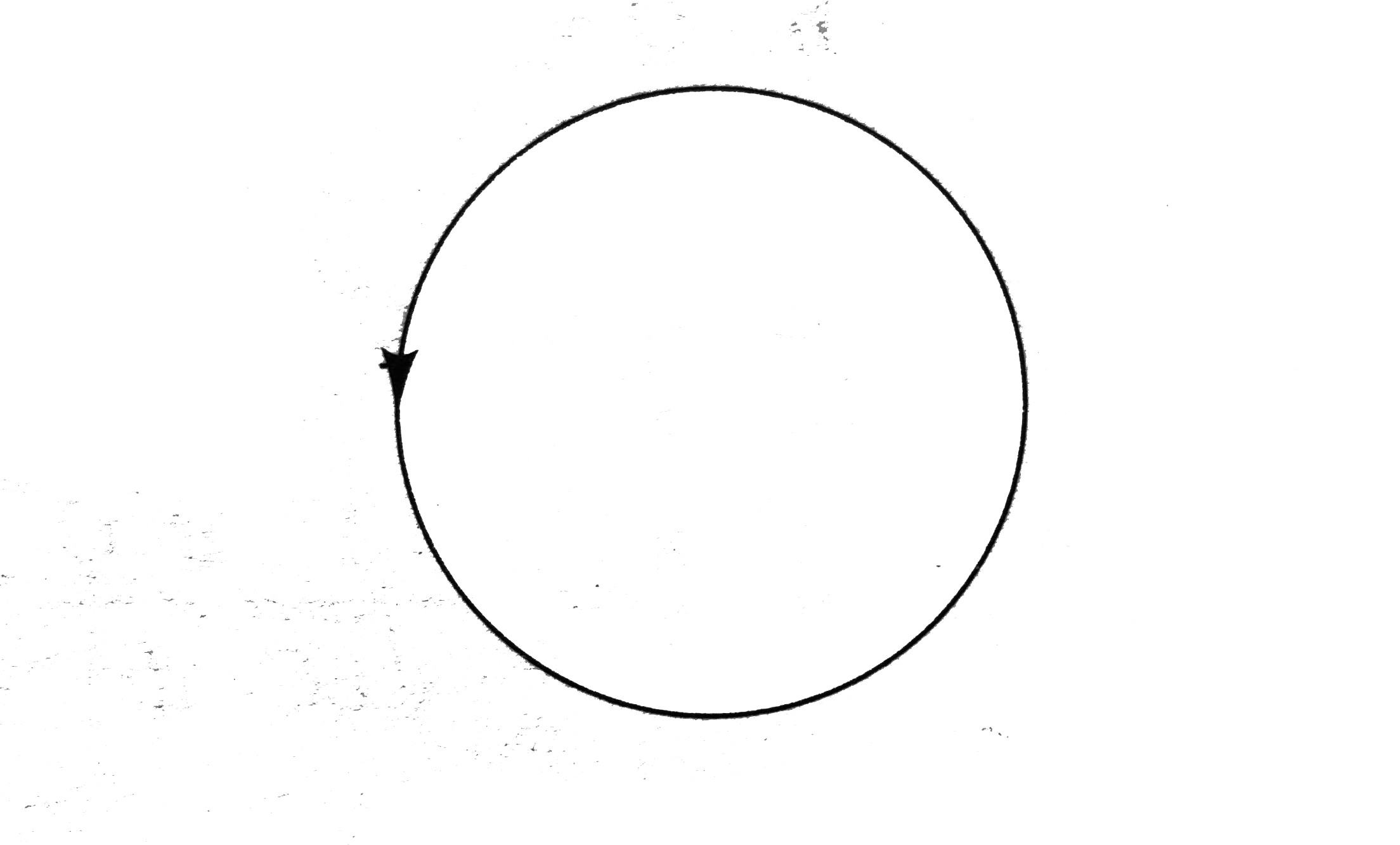A : The path traced by a positive charge is a field line.
R : A field line can intersect itself.
If both Assertion & Reason are true and the reason is the correct explanation of the assertion, then mark (1).
If both Assertion & Reason are true but the reason is not the correct explanation of the assertion, then mark (2).
If Assertion is true statement but Reason is false, then mark (3).
If both Assertion and Reason are false statements, then mark (4).
The correct Answer is:D
To solve the given assertion and reason question, we need to analyze both statements carefully.
Step 1: Analyze the Assertion
The assertion states: "The path traced by a positive charge is a field line."
- Understanding the Assertion: Field lines represent the direction of the electric field. The correct definition states that the path traced by a unit positive charge placed in an electric field is what defines a field line. Therefore, the assertion is misleading because it does not specify "unit positive charge."
Conclusion: The assertion is false.
Step 2: Analyze the Reason
The reason states: "A field line can intersect itself."
- Understanding the Reason: Field lines are drawn such that at any point in space, the electric field has a unique direction. If two field lines were to intersect, it would imply that at that point, the electric field has two different directions, which contradicts the fundamental property of electric fields. Therefore, field lines cannot intersect.
Conclusion: The reason is also false.
Step 3: Determine the Relationship
Now that we have analyzed both the assertion and the reason, we can conclude:
- Both the assertion and the reason are false.
Final Answer
Since both the assertion and the reason are false, the correct option is 4: "If both assertion and reason are false statements."
---
The assertion states: "The path traced by a positive charge is a field line."
The reason states: "A field line can intersect itself."
Now that we have analyzed both the assertion and the reason, we can conclude:
Since both the assertion and the reason are false, the correct option is 4: "If both assertion and reason are false statements."
Similar Questions
STATEMENT-1 : Field lines are continuous in a medium.
STATEMENT-2 : The path traced by a positive charge is a field line.
STATEMENT-3 : The electric field line can intersect itself.View SolutionSTATEMENT-1 : If a charge particle enters into a uniform electric field, then its path must be straight line.
and
STATEMENT -2 : Electrostatic force on a positive charge particle is always in the direction of electric field.View Solution
Knowledge Check
- Question 1 - Select One
Assertion : Electrostatic field lines start at positive charges and end at negative charges.
Reason : Field lines are continuous curves without any breaks and they form closed loop.AIf both assertion and reason are true and reason is the correct explanation of assertion.BIf both assertion and reason are true but reason is not the correct explanation of assertion.CIf assertion is true but reason is false.DIf both assertion and reason are false. - Question 2 - Select One
In a uniform magnetic field, the field lines are :
AcurvedBparallel and equidistant straight linesCparallel, but non-equispaced straight linesDnothing can be said.
A field line is shows in Fig. This field cannot represent
 View Solution
View SolutionSTATEMENT-1 : Electric field lines start from a positive charge and terminate at a negative charge.
and
STATEMENT -2 : Electric field lines in free space are continuous curves.View SolutionA: The magnetic field always accelerates a moving charge if the moving charge cuts the field lines.
R: When a moving charge cuts the magnetic field lines, the magnetic force on the charge is always non zero.View SolutionIn the following question a statement of assertion (A) is followed by a statement of reason (R )
A : An equipotential surface is normal to electric field lines.
R : Potential increases in direction of electric field .View SolutionWhy don't two magnetic field lines intersect each other?
View SolutionA charged particle is moved along a magnetic field line. The magnetic force on the particle is
View Solution

